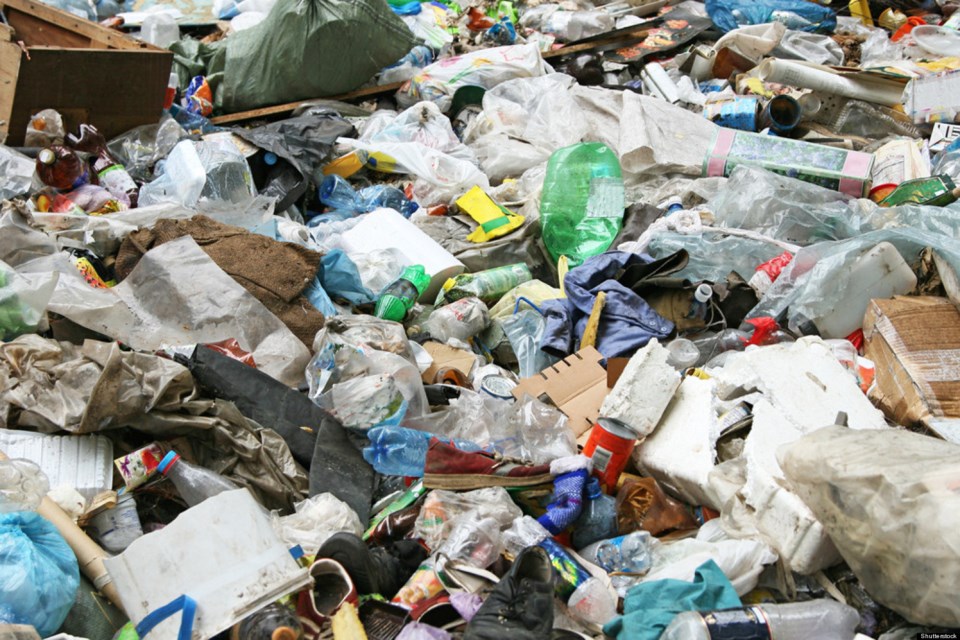Businesses and multi-family residences will likely be separating more garbage after council passed a third reading of a solid waste bylaw on Tuesday.
The bylaw aims to reduce landfill materials and curb greenhouse gas emissions to bring the municipality in line with the Zero Waste strategy of 2016 and provincial standards for 2020, said the report presented at council.
Mayor Patricia Heintzman told The Chief that council is trying to make sure the manufacturers are appreciative of the end cost to municipalities.
We need to see waste as a resource, she added. “If we divert what we should be doing in terms of organics and recyclables, we can get down to a manageable size per person.”
“The single-family home is doing pretty good,” Heintzman noted, but it’s businesses and commercial that are lagging behind.
Changes include separation of materials, enforcement, using clear bags and timing of placing totes outside, said Shannon White, District co-ordinator for sustainability, adding Whistler and Halifax saw success with similar programs.
Squamish’s landfill will be full by August with 80 per cent of material coming from businesses, industrial facilities and multi-family complexes, the report noted. A recent audit determined over 65 per cent of that waste was recyclable or compostable. In early 2017, a multi-million dollar project began to vertically expand the landfill and its lifespan by 10 years.
A common misconception is organic material allows everything to decompose, explained White. “But as it decomposes it releases methane at a higher level.” The goal is to manage waste without high emissions.
Using surveys and workshops, a public engagement process discovered concerns with clear bag use, timing of placing totes outside and increased threshold for businesses – a higher rate charged for dumping recyclables or organics over a specific amount, White said.
The proposed threshold of five per cent for what businesses can dump has since changed to 20 per cent with a five per cent reduction annually because it takes time for training and materials, she added.
Clear bag use is directed at stratas and businesses to allow for diversion of more recyclable and compostable materials, with a 10 per cent opaque bag cap, excluding pet and diaper waste which are separate, White said.
Enforcement is the sustainability coordinator’s responsibility, White said, because “bylaw officers are already swamped.”
Residents will put out totes from 5 to 7 a.m. on the day of collection to prevent access from bears and wildlife, White said.
Final approval and implementation is planned for September, with a grace period to allow for changes, planning to provide educational materials and signage to simplify the process.
“We will continue to work on and reduce our collective impact on the environment.”



